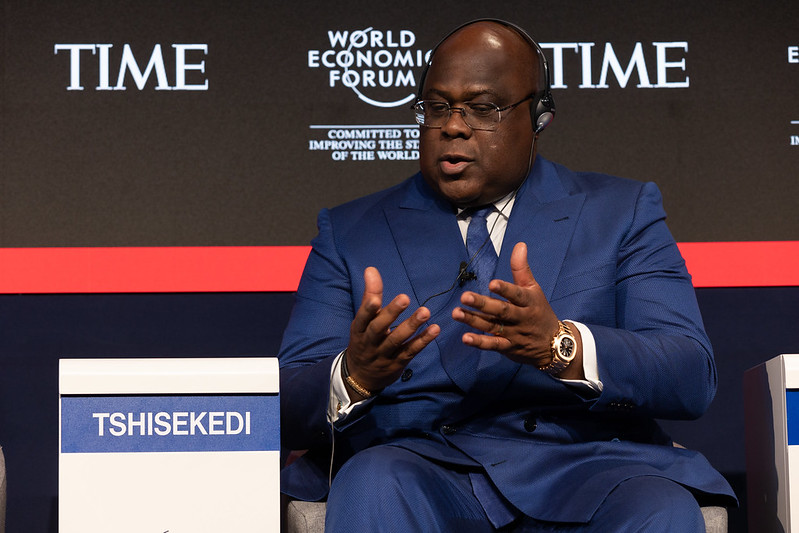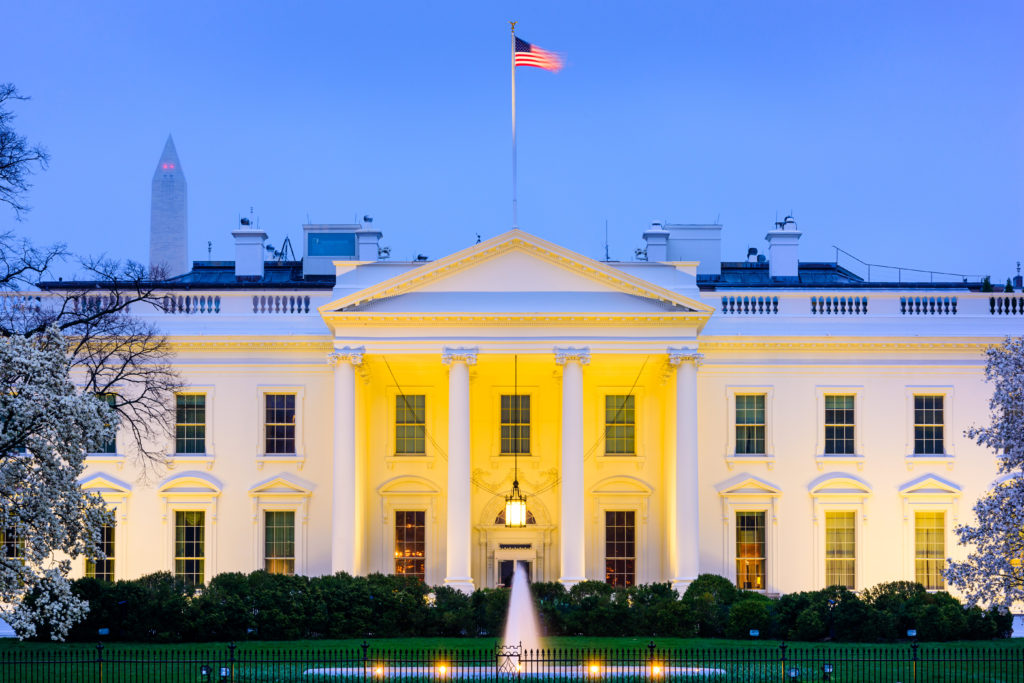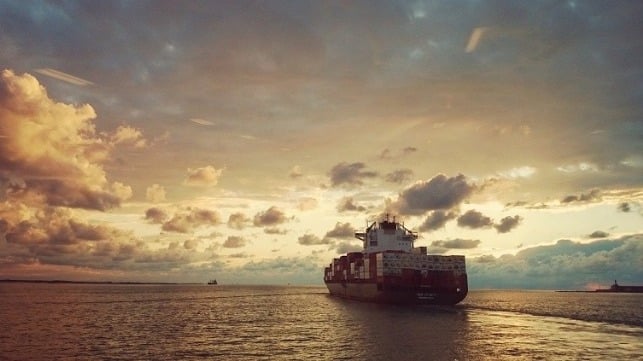Tribes have tried and failed to stop the project in court. A new report says it violates Indigenous rights
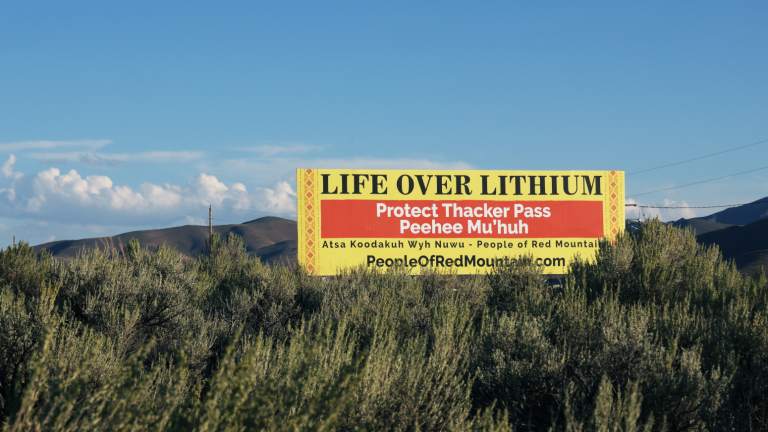
A Canadian mining company behind a massive new lithium mine in northern Nevada has received a $250 million investment to complete construction of the new mine — a project that aims to accelerate America’s shift from fossil fuel-powered cars but that has come under fierce criticism from neighboring tribal nations and watchdog groups for its proximity to a burial site.
Lithium Americas is developing the mine in an area known as Thacker Pass where it plans to unearth lithium carbonate that can be used to make batteries for electric vehicles. The area, known as Peehee Mu’huh in the Numu language of the Northern Paiute, is home to what could be the largest supply of lithium in the United States and is also a site that tribal citizens visit every year to honor dozens of Native men, women, and children who fled American soldiers in an 1865 unprovoked attack at dawn.
The funding from Orion Resources Partners LP, a global investment firm specializing in metals and materials, will enable the first phase of construction to be completed by late 2027. The investment firm is also considering giving an additional $500 million to support later phases of the mine’s development.
The critical financial investment comes just weeks after a report from the American Civil Liberties Union and Human Rights Watch called for a halt to the construction of the mine after concluding its approval violates the rights of Indigenous peoples whose ancestors are buried there.
“Orion’s commitment to this project highlights the strategic importance of Thacker Pass to national security and developing a domestic supply chain as we work to reduce American dependence on foreign suppliers for critical minerals,” said Jonathan Evans, Lithium Americas’ president and chief executive officer, in a press release.
Lithium Americas said that research indicates the actual burial site is located several miles away from the project site, and a federal judge agreed with the company, citing a cultural inventory study that did not uncover any human remains. Gary McKinney disagrees. He is a spokesperson for the group People of Red Mountain and is a descendant of one of the survivors of the September 12, 1865, massacre.
He and many others believe the project area to be a graveyard for his ancestors, in part due to Indigenous oral histories and a 1929 autobiography describing the massacre there.
“What that mine is doing is desecrating,” McKinney said. “They’re erasing parts of the history of the Northern Paiute and Western Shoshone people.”
Scroll to Continue
He said the mine was approved during the COVID-19 pandemic when reservations were shut down, Indigenous communities were grappling with high rates of the virus, and few realized the project was moving forward.
“Our tribal chairman at that time, he died of COVID,” said McKinney, who is an enrolled member of the Duck Valley Shoshone Paiute Tribe. “What I’m saying is this whole thing wasn’t done with the best of morals or intentions of honoring and respecting those cultural sites.”
His organization, People of Red Mountain, sued to stop the mine along with four tribes — Reno-Sparks Indian Colony, Burns Paiute Tribe, Summit Lake Paiute Tribe, and Winnemucca Indian Colony — but no court challenges have been successful. The Duck Valley Shoshone-Paiute Tribe also criticized the mine in an appeal to the United Nations special rapporteur on the rights of Indigenous peoples.
The American Civil Liberties Union and Human Rights Watch report from last month concluded the mine violates Indigenous peoples’ right to free, prior and informed consent to projects that affect their territories. The report notes tribes have raised concerns about the risk of toxic waste from the mine polluting their water and about their cultural practices being curtailed by limited access to the area.
In a letter to Human Rights Watch, Tim Crowley, vice president of government and external affairs at Lithium Americas, emphasized that the U.N. Declaration on the Rights of Indigenous Peoples, which contains the right to free, prior, and informed consent, is not binding. At the same time, the U.S. government believes consulting with tribes is sufficient without achieving support from all tribes, he said.
“Further, the Treaty of Ruby Valley, which is the treaty that pertains to Western Shoshone peoples in the Thacker Pass area, does not reserve rights to access off-reservation public land,” Crowley wrote. “The Thacker Pass Project is not in a federally recognized Native American territory. If it were, mining could not happen without the express consent and approval of that tribe.”
The new investment in Lithium Americas from Orion Resources Partners LP helps fulfill the terms of a $2.26 billion loan that Lithium Americas received last fall from the U.S. Department of Energy to support the project.
Abbey Koenning-Rutherford from the American Civil Liberties Union and Human Rights Watch said the Thacker Pass mine is symbolic of the broader risks of mining to Indigenous peoples and underscores why there’s a need to reform a 1872 U.S. mining law that enables companies to claim mineral rights on federal lands, including land stolen from tribal nations.
“The United States should respect Indigenous peoples’ centuries-long connections to Peehee Mu’huh and act to prevent further harm at Thacker Pass,” Koenning-Rutherford said.
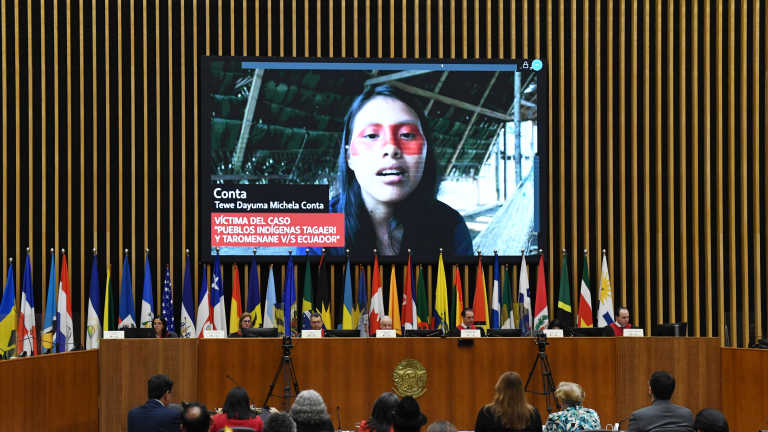
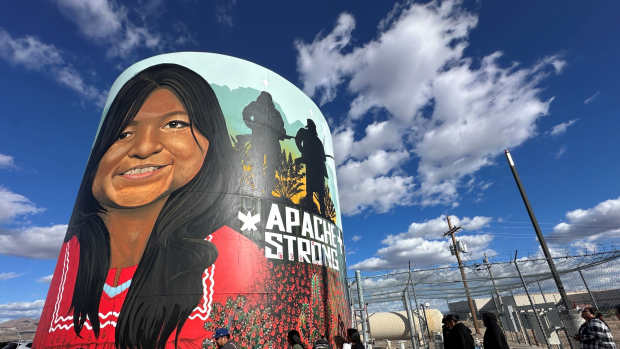

















/arc-goldfish-bellmediainc-thumbnails.s3.amazonaws.com/03-23-2025/t_98a67d8c8b26469aa4b08db3719ce74f_name_Carney_CP.JPG)
/arc-goldfish-bellmediainc-thumbnails.s3.amazonaws.com/03-23-2025/t_fc79f49ef98f47a98c45ec4021545278_name_pp.jpg)
/arc-goldfish-bellmediainc-thumbnails.s3.amazonaws.com/03-23-2025/t_56326bd3c0794022b492ac21eb1dd9d3_name_nanos.jpg)
 U.S. President Donald Trump speaks during an event in the Oval Office of the White House in Washington, Friday, March 21, 2025. (Pool via AP) (\)
U.S. President Donald Trump speaks during an event in the Oval Office of the White House in Washington, Friday, March 21, 2025. (Pool via AP) (\)










